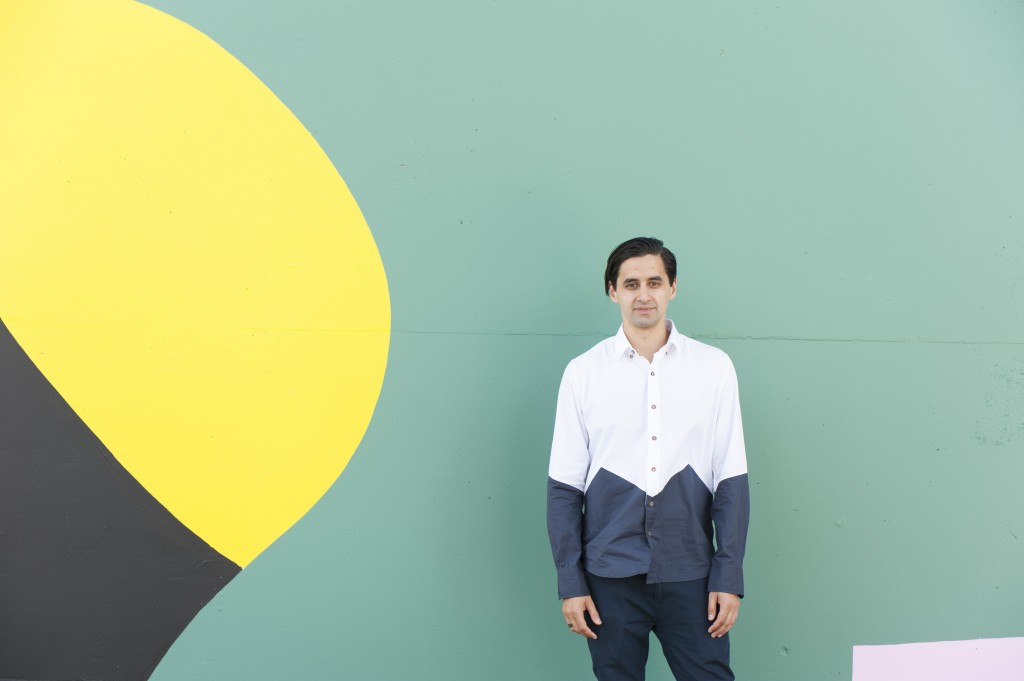
As part of Peril’s APT8 edition, we spoke to Tarun Nagesh, Associate Curator at QAGOMA who is on the curatorial panel of The 8th Asia-Pacific Triennial of Contemporary Art (APT8) about some of the curatorial themes of the triennial, and the artistic landscape in Asia-pacific region.
PERIL: The 8th Asia-Pacific Triennial of Contemporary Art (APT8) is one of the most important art events in the world. Can you walk us through some of the key focuses of the triennial this year, and the curatorial decisions behind them?
TN: The APT doesn’t adhere to an overarching theme, partly acknowledging the great diversity and complexity of practices in the region it covers, however the presence of some ideas and conversations have definitely arisen in the development of APT8, which have been further explored through the display and discursive platforms. A pervading topic has been the use of the body, through performance figuration and political statement. I think we can see a growing presence of performance practices in contemporary art across the globe but it’s interesting to see the long history and cultural role of performance in the Asia-Pacific. These ideas are quite clearly embodied in the works of artists such as Morimura Yasumasa, Juan Davila, Melati Suryodarmo, Anida Yoeu Ali, and siren eun young jung, as well as APT8Live program and the co-curated project drawn from performers of Melanesia in Yumi-Danis (We Dance).
Another concept that informs several of the works is the presence of the vernacular and the everyday. This is evident not only in the use of everyday materials, but how languages, customs and techniques drawn from everyday culture inform cultural output. This idea is represented in major installations by Haegue Yang, Asim Waqif and Choi Jeong Hwa, as well as the focus project Kalpa Vriksha: Contemporary Indigenous and Vernacular Art of India.
Throughout the exhibition you’ll also find a number of quite politically-charged works, as well as those examining indigeneity and relationships to land and place. These have not necessarily been chosen because we specifically wanted to address these topics in this exhibition, but rather form a reflection of what’s happening in the region and the desire of artists to investigate and represent it.
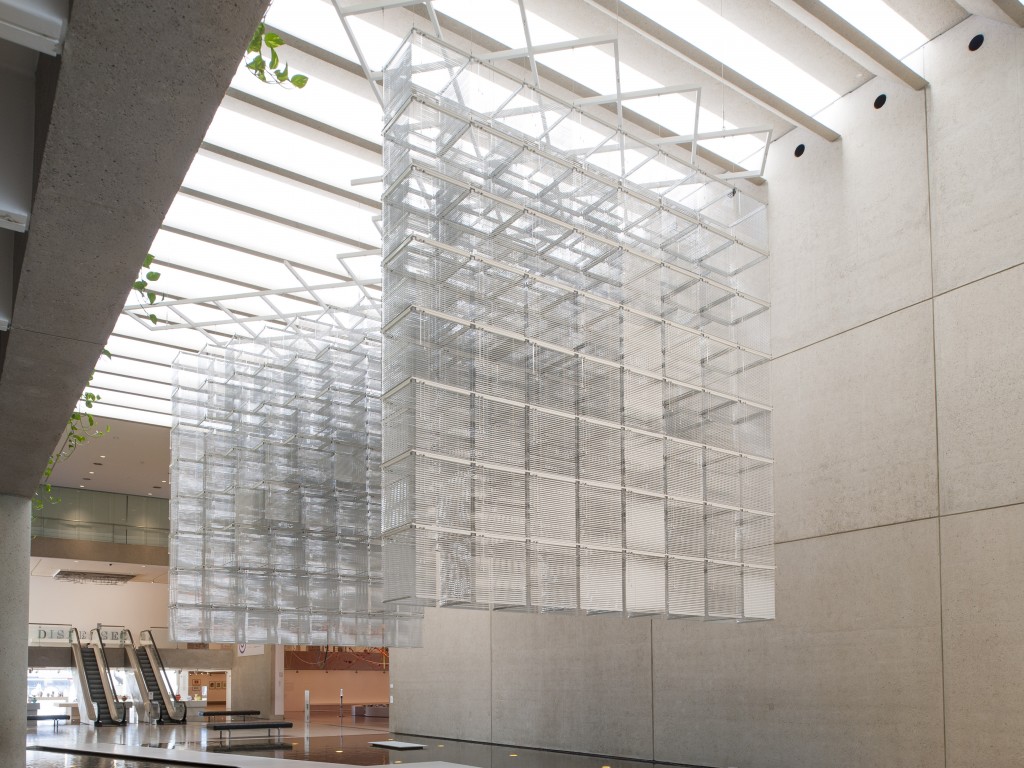
PERIL: Is the curation of APT8 based on geography? What are the cultural boundaries of Asia-Pacific region?
TN: Many artists that have participated over the history of APT have staged works that specifically challenge imposed boarders, nationalities and identities. Rather than sticking to clearly defined geographies, there is an acknowledgement of the movement of people, as well as ideas and cultures throughout the world over long histories, and of course understand that artists today often work between different parts of the world and even artists working in remote areas have access to globalised information systems. In addition, APT has a long history of representing Diasporas, so in a sense I think it’s more about ideas that have risen from the cultures and practices of the region rather than adhering to boundaries that contain them.
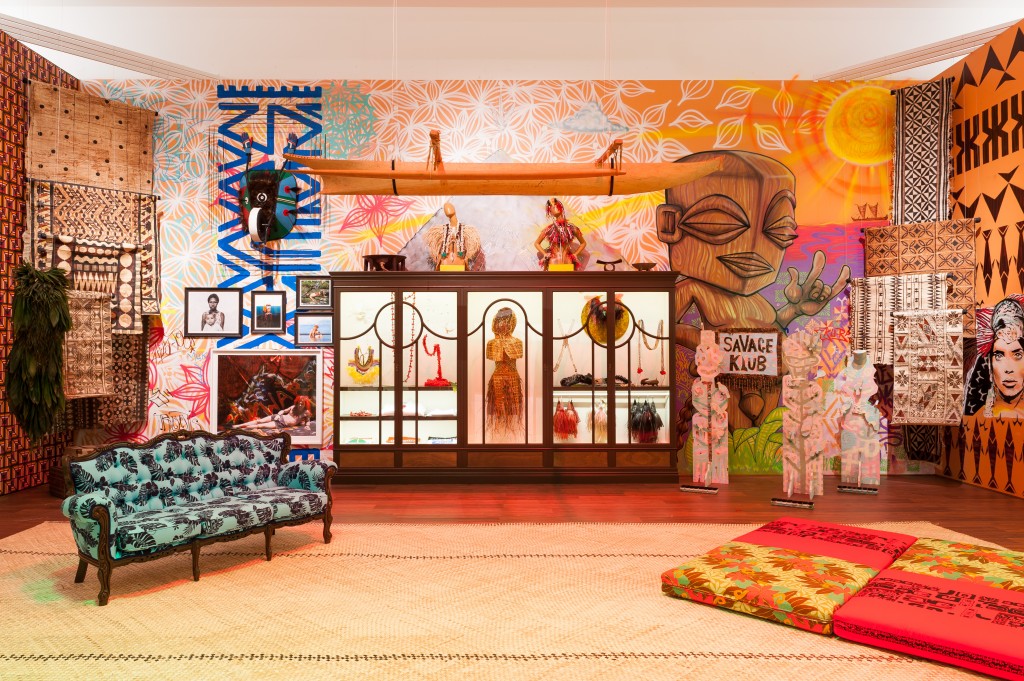
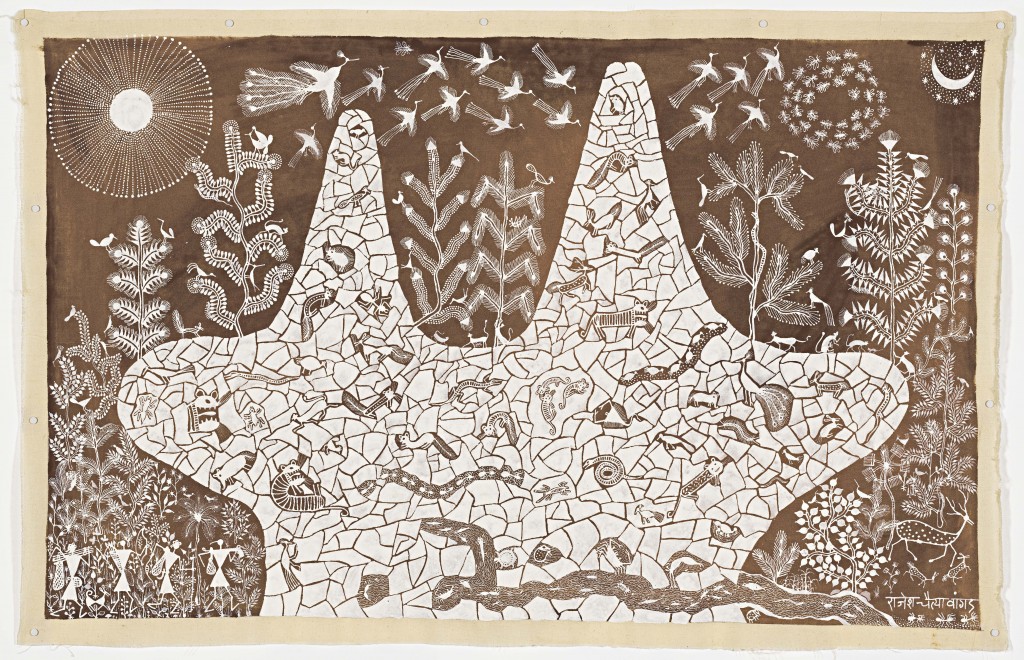
PERIL: Asia-Pacific is a rapidly changing region, politically and culturally. The shifting global economy has led to changes in Asian labour markets, creating tensions between religion and society; tradition and migration. APT8 reflects some of these tensions through works such as Anida Yoeu Ali’s ‘The Buddhist Bug, Into the Night‘ (2015), Asim Waqif’s ‘All we leave behind are the memories‘ (2015) and APT8 Cinema’s Pop Islam and Filipino Indie. In your opinion, how do cultural, national or social identities manifest in an exhibition like APT8?
TN: Artists find their own ways to present identities and relationships, and in so doing make them accessible in a different way, offering new perspectives and challenging beliefs and conventions. This can register a whole range of emotions for the viewer. There are a rich group of works that specifically address these kinds of ideas of identity in APT8, range from subtle, melancholic and ironic works to the spectacular, wild or humorous. In the exhibition, we have artists such as Richard Bell, Ming Wong and Hetain Patel who have a kind of witty and playful way of approaching these subjects, and artists such as Taloi Havini, Shiga Lieko, and Yuki Kihara who offer a more somber and poetic approach. Each tells a story about people or place but the art is in the creative ways these can be communicated and connected to our own emotions.
PERIL: ‘We are the reporters of our people and are communicators to the outside world. Art is our weapon. Culture is a form of resistance. — Shirin Neshat’ is the opening quote to your catalogue essay ‘The Social Medium’.
In the essay, you focused on exploring the communal and social aspects of APT8. Can you tell us a bit more about that?
TN: The works I addressed in this essay that I found to have powerful social and political messages, were imbued with a responsibility by the artists to represent the voice of their communities. Some of the artistic communities where APT8 artists are coming from show such a palpable commitment to representing social context and the issues their community face. Perhaps this is a growing feeling among artists around the world, that they are spokespeople for society, that they maybe able to communicate messages that are otherwise ignored. Shirin Neshat seemed to sum up some of these ideas, and I thought it poignant that an Iranian artist living in exile from her country of birth, whose work is known for its powerful political content, can now take a platform like a TED talk with over half a million views to express such views.
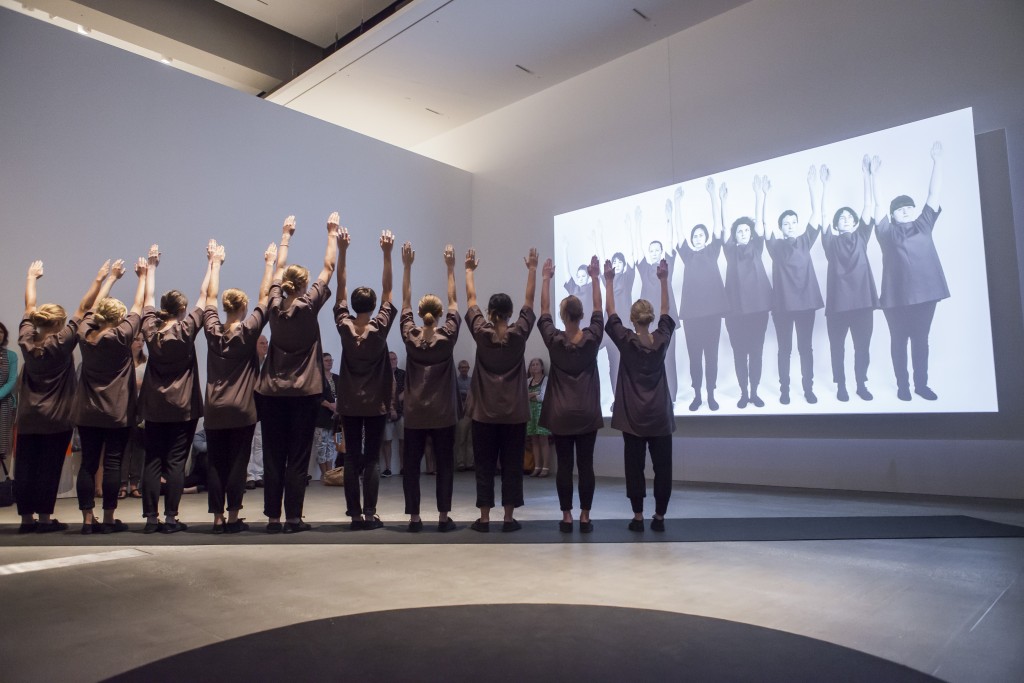
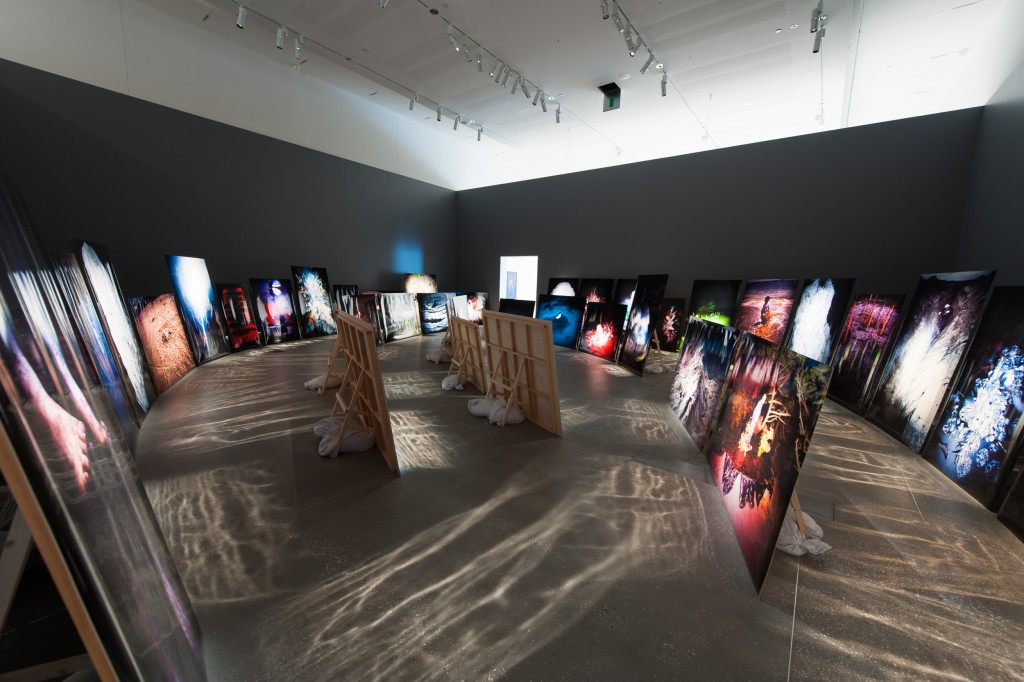
PERIL: APT8 features over 80 artists from over 30 countries in the region, with 16 artists from Australia. What is Australia’s role in the cultural ecology of Asia-Pacific region? How do we contribute to the broader conversation?
TN: Australia’s role is extremely multifaceted and can make a valuable and unique contribution to the cultural landscape. Conceiving Australia as part of this region has been one of the ideas at the core of the APTs since its inception in the early 1990s. I believe we’re part of conversations in the Asia Pacific rather than simply commentators, and that the exchange between Australia and other places in the region is an important one with long shared histories and close ties in the context of contemporary concerns. If we think about topics such as Indigenous history, colonialism, trade and migration, we of course open up complex conversations with our neighbors.
Australian artists have always been included in the APT. While some are selected because they contribute to the broader thematic ideas in the show, there are also Australian artists collaborating with others or developing works in other parts of the Asia-Pacific as well as several artists residing in Australia but with familial or cultural ties to other countries of the region.
There are definitely common concerns for artists in Australia and the rest of the region and these can be felt in the juxtapositions in APT8. Artistic and cultural exchange within this region can be extremely compelling, relationships between Indigenous Australian artists and performers and representatives of indigenous communities from elsewhere in the Asia-Pacific is just one example of how important this is.
More broadly I think we could all benefit a lot more from our regional neighbours if we were to promote better respect and acknowledge the close relationships we have with them, something I hope can be helped by understanding their art and having Australian art in dialogue with other practices in this part of the world.
APT8 is on at QAGOMA, Brisbane until 10 April 2016.
Tarun Nagesh is the Associate Curator of Asian Art at QAGOMA. Working across both the historical and contemporary Asian art collections at the Gallery, Tarun was on the curatorial panel for the 7th Asia Pacific Triennial of Contemporary Art (APT7) and the 8th Asia Pacific Triennial of Contemporary Art (APT8) for which he developed the major special focus project Kalpa Vriksha: Contemporary Indigenous and Vernacular Art of India. Prior to moving to Brisbane, Tarun worked in the commercial arts sector in Melbourne for several years specialising in Asian art.

